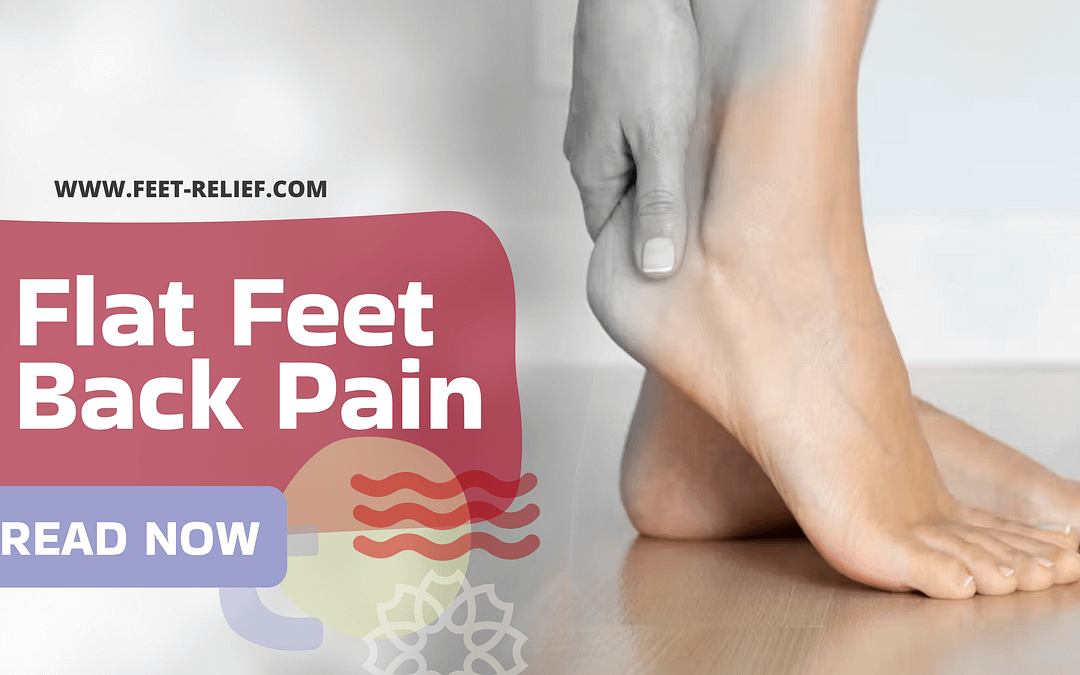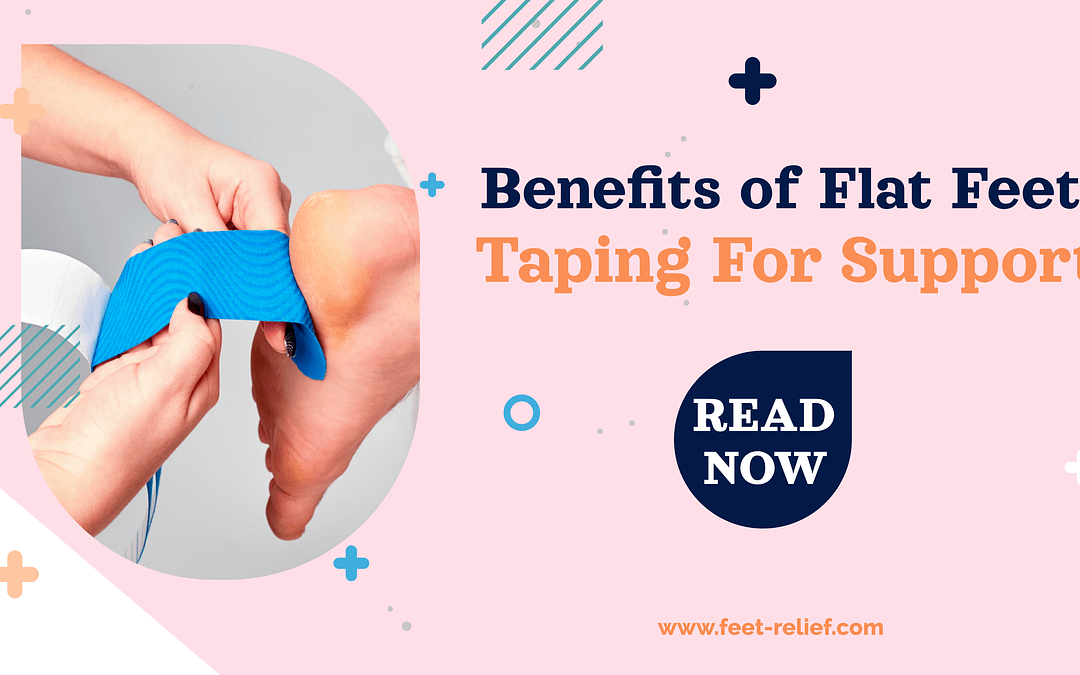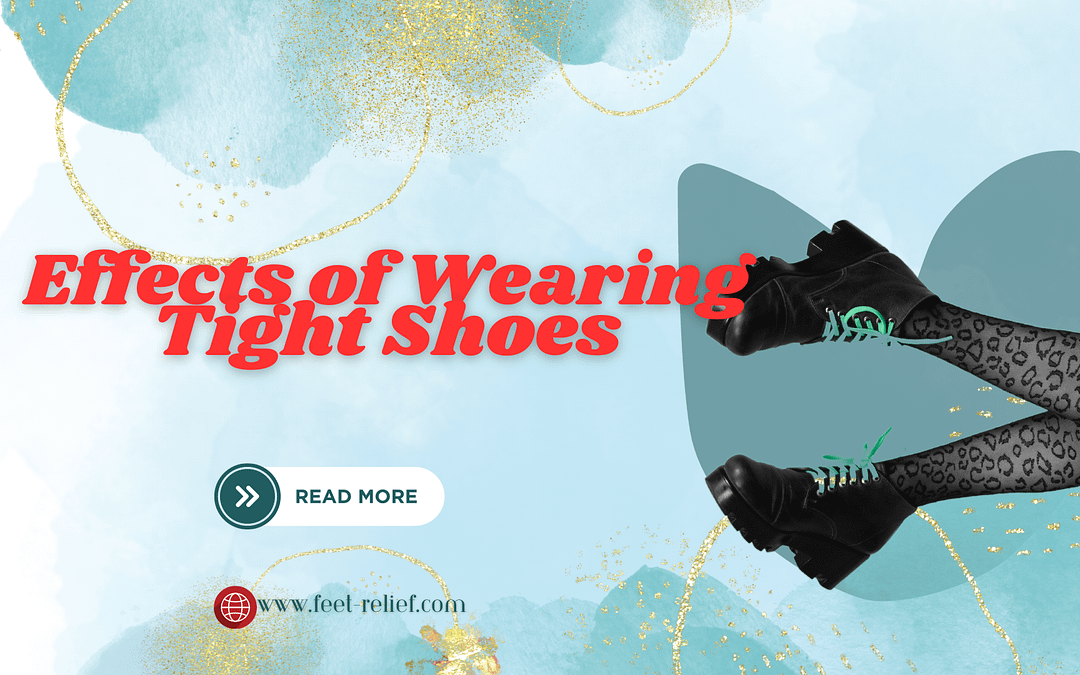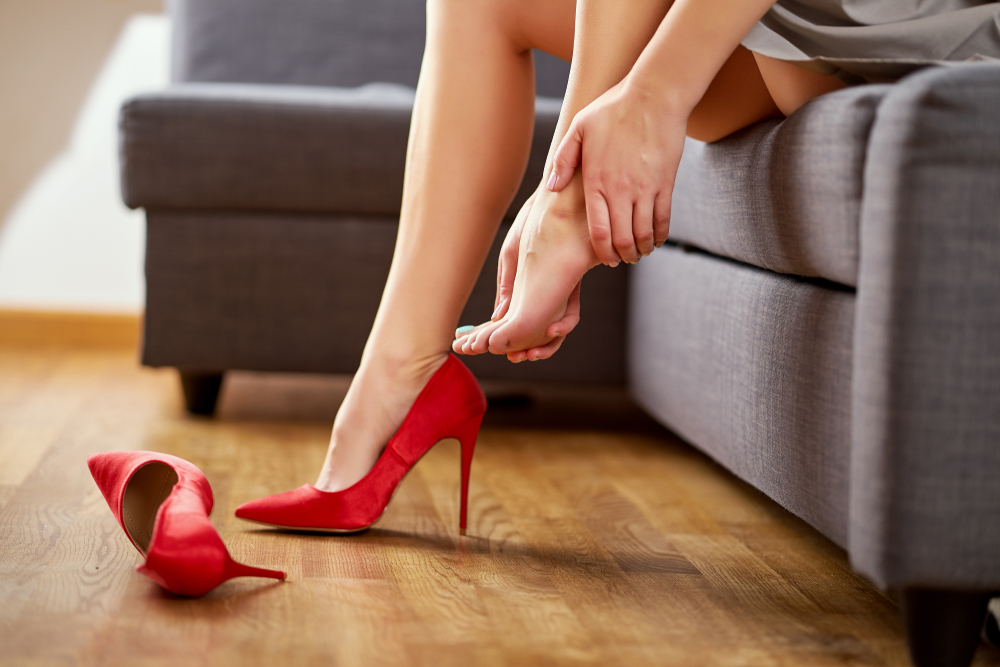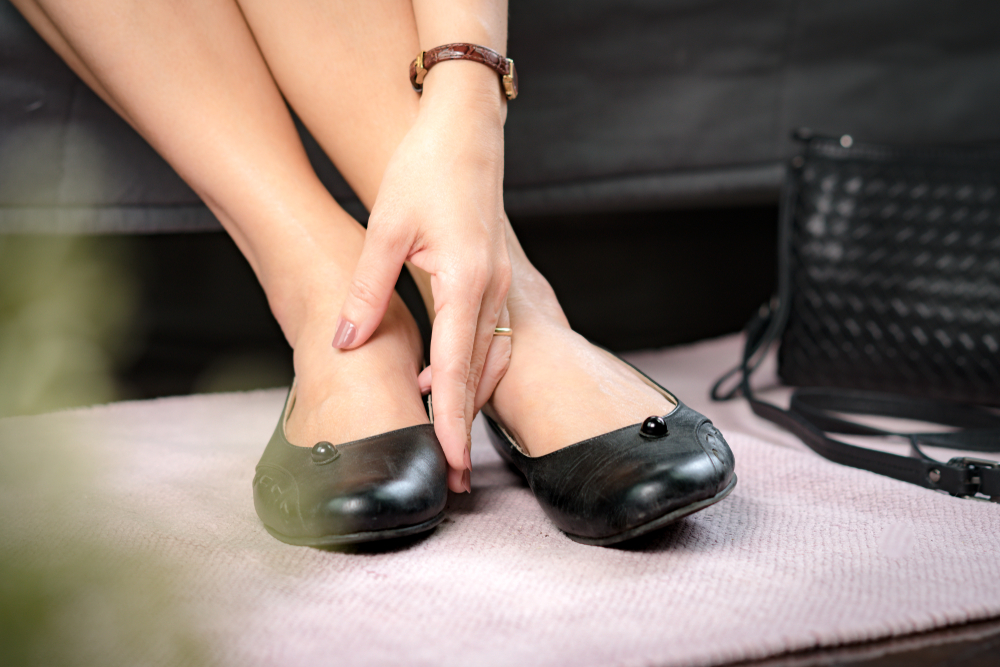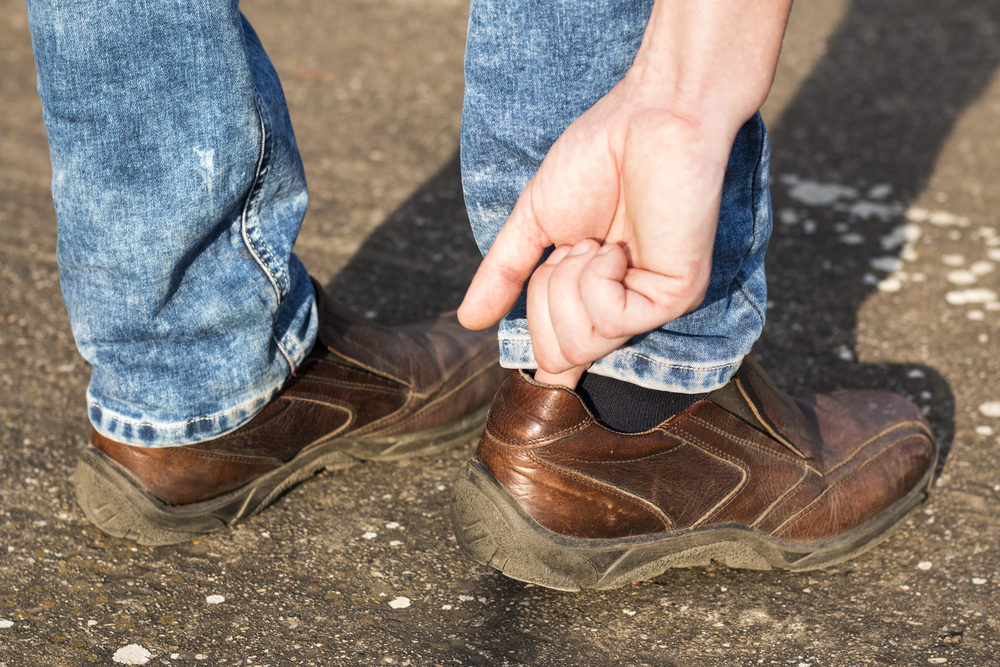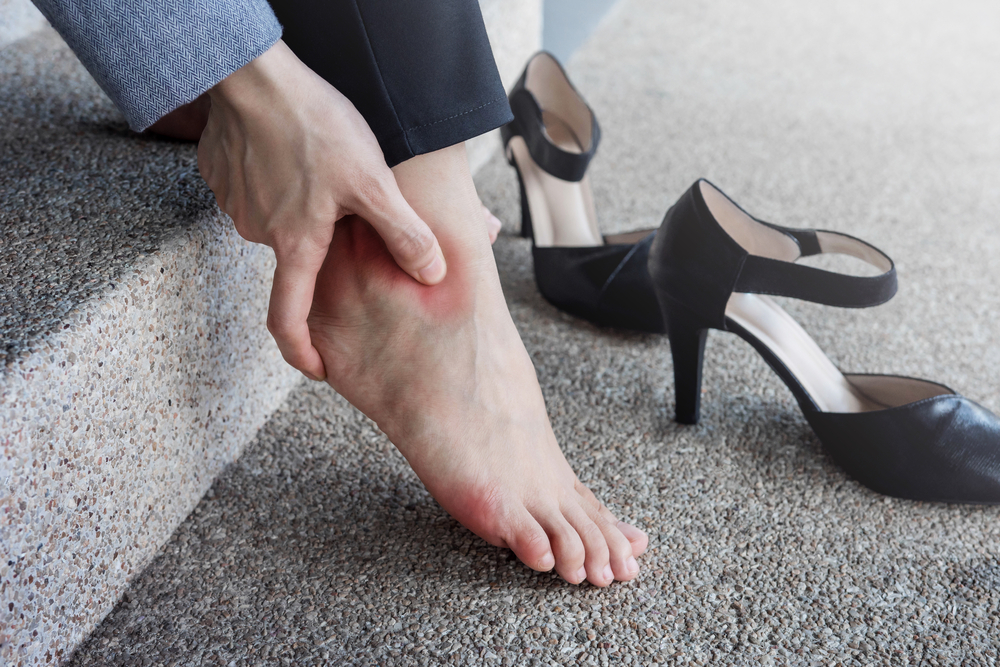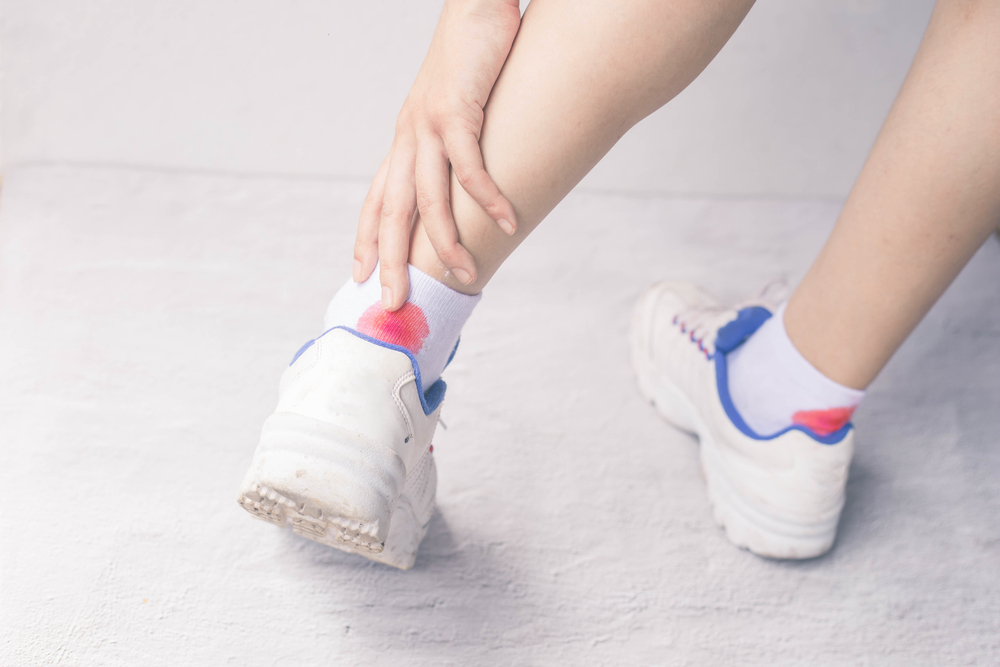
Flat Foot Ball: How to Fix Flat Feet with a Ball
People with flat feet often prefer not to walk long distances. They aren’t lazy. It just hurts. And flat feet often leads to more serious joint issues. Is there an easy fix? How does the Flat Foot Ball exercise routine help?
Flat Foot Ball: How to Fix Flat Feet with a Ball
Have you ever felt discomfort in your feet while walking or standing for long hours? It could be a sign of flat feet. Flat feet is a common condition where the arches of your feet have collapsed, leading to improper weight distribution across the foot.
This then causes stress on different parts of the feet, leading to pain and discomfort. But don’t worry. There are several ways to manage this condition, one of which involves using a ball as a tool. In this blog, we will discuss what flat feet are, their symptoms, causes, and how to use a ball to alleviate pain and improve your overall foot health.
We also provide practical exercises you can do with a ball to strengthen your feet and prevent complications. Read on to learn how to fix your flat feet with a ball!

Understanding Flat Feet
Flat feet, also known as fallen arches, occur when the arches of the feet are flat or fallen. This then leads to foot pain and discomfort in the arch, heel, or ankle. Conditions like obesity, arthritis, or fallen arches can contribute to flat feet.
Additionally, flat feet may affect the alignment of the entire foot, leading to gait problems. Physical therapy and using orthotics, such as insoles, can help manage flat feet.

Characteristics of Flat Feet
Flat feet are characterized by a visible arch that touches the ground when standing. The entire foot, including the ball of the foot, the big toe, and the inner part of the foot, may touch the ground.
Some are flexible, where the arch disappears when weight is taken off the feet. Others are rigid, where the arch remains flat even without weight on the feet.
People with flat feet may experience foot pain, ankle pain, or stiffness in the feet. Additionally, flat feet can affect the alignment of the foot, leading to posture problems.
Common Causes of Flat Feet
- genetic factors or family history
- medical conditions
- structural problems with tendons or ligaments
- improper footwear
Flat feet develop from any one of a number of causes. Genetic factors or a family history of flat feet lead to the problem for some. Flat feet is a condition in which the arches of the feet are absent or collapsed, causing the entire soles of the feet to touch the ground when standing. Flat feet can be caused by genetic or family history factors, such as:
- Having a genetic disorder that affects the development of the foot’s arch, such as Marfan’s syndrome or Down’s syndrome.
- Having a family history of flat feet, as the condition can be inherited and run in families.
- Having a tight Achilles tendon, which can prevent the arch from forming properly during childhood.
These factors can make a person more prone to having flat feet from birth or developing them later in life. However, flat feet can also be caused by other factors, such as injury, aging, obesity, arthritis, or diabetes.
Flatfoot Caused By Medical Conditions
Flat feet can be caused by various medical conditions that affect the development, structure, or function of the foot’s arch. Some of these conditions are:
- Genetic disorders that affect the development of the foot’s arch, such as Marfan’s syndrome or Down’s syndrome.
- Inherited conditions that run in families, such as flexible flat feet or rigid flat feet.
- Injury or damage to the bones, tendons, or ligaments of the foot or ankle, such as fractures, sprains, or tears.
- Wear and tear of aging, which can weaken the muscles and tendons that support the arch.
- Obesity, which can put extra pressure and strain on the feet.
- Rheumatoid arthritis, which can cause inflammation and deformity of the joints in the feet.
- Diabetes, which can damage the nerves and blood vessels in the feet and affect sensation and circulation.
Some medical conditions, such as cerebral palsy, spina bifida, muscular dystrophy, or arthritis, often contribute to the development of flat feet.
In rare cases, problems with the tendons, ligaments, or the posterior tibial tendon, which supports the arch of the foot, can lead to flat feet. The condition sometimes develops in early childhood or adulthood, depending on the underlying cause.
Wearing Tootwear Without Proper Arch Support Can Also Contribute to Flat Feet.
Wearing improper footwear often causes flat feet by putting excessive pressure and strain on the arches of the feet, which leads to their collapse or flattening over time.
Some examples of improper footwear are shoes that are:
- too tight
- too narrow
- fit too loose
- too high (heels)
- worn out
These shoes can either restrict the natural movement of the feet, cause friction and irritation, or fail to provide adequate support and cushioning for the feet. Therefore, it is important to choose shoes that fit well, offer enough room for the toes, have a low or moderate heel, and have a firm and flexible sole that can support the arches of the feet.
Credits: Medical Centric
Recognizing Symptoms of Flat Feet
Physical indications of flat feet include the absence of visible arches in the feet. Flat feet often causes foot pain, especially in the arch, heel, or ankle.
They also lead to difficulty walking, especially on tiptoes or for extended periods of time. People with flat feet usually experience foot pain relief when provided with arch support, such as orthotics or motion control shoes. Additionally, ankle pain, inflammation, or discomfort in the feet can also be signs of flat feet.

Visible physical indications of flat feet include a flat or fallen arch that touches the ground.
In flat feet, the entire foot, including the ball of the foot, the big toe, and the inner part of the foot, may make contact with the ground. This affects the body’s alignment and posture, leading to gait problems.
People with flat feet often experience difficulty walking on tiptoes due to the lack of arch support. Additionally, individuals with flat feet may experience arch pain, ankle pain, or stiffness in their feet.
Flat feet often causes foot pain, making walking, standing, or exercising uncomfortable. The lack of arch support in flat feet leads to discomfort or pain in the feet, ankles, or lower legs. Mobility may be affected, making physical activities or sports more challenging.
Finding footwear that provides proper support and comfort can be difficult for people with flat feet. Additionally, flat feet impacts body alignment, potentially causing posture problems and discomfort in the knees, hips, or back.
Elevate your well-being with our Massage Lacrosse Balls – instant muscle relief for a revitalized you. Ideal for foot massages, these compact and durable balls guarantee a 10-year lifespan. Experience the power of professional-grade self-myofascial release! 💆♂️💪 #MassageMagic #WellnessEssentials #ads #commissionsearned
The Role of a Ball in Treating Flat Feet
A ball plays a crucial role in treating flat feet. Rolling your feet on a ball effectively massages the arches, tendons, and ligaments, providing much-needed relief. This simple exercise also helps improve foot alignment, mobility, and posture in flat feet.
Regular ball exercises help strengthen the foot muscles, offering better support to the arches. However, it is important to choose the right ball in terms of size, firmness, and material for optimal effectiveness.

How a Ball Can Help
Rolling a ball under your feet stimulates the arches, improving foot alignment in flexible flat feet. In addition, ball exercises can stretch tendons and ligaments, providing relief from plantar fasciitis.
Strengthening foot muscles with a ball offers better support for the arches in rigid flat feet. Regular ball exercises improve mobility, posture, and gait, reducing discomfort in the feet, ankle, or lower legs. Incorporating ball exercises into your routine contributes to overall foot health and pain relief.
Choosing the Right Ball
Consider the size of the ball that comfortably fits your feet when selecting a ball for flat feet exercises. The firmness of the ball should provide adequate support and pressure for your flat feet exercise routine.
Opt for a ball made of durable, non-slip material to ensure safety and stability during your exercises. Experiment with different types of balls, such as tennis ball, spiky ball, or therapy ball, to find the one that works best for you.
Practical Exercises with a Ball
Massage and stretch the tendons and ligaments in flat feet by rolling a ball under the arches of your feet. Target the arches specifically by placing the ball under the ball of your foot and gently rolling it back and forth.
Stand against a wall and apply pressure by placing the ball between your foot arches to work the foot muscles. Improve ankle mobility by rolling the ball in circular motions and flexing the foot.
Make sure to incorporate these exercises into your daily routine for better foot alignment, pain relief, and foot muscle strength.
Procedure for Effective Exercises
To improve the strength of your arches, try incorporating simple exercises into your routine. Use a tennis ball to massage your entire foot, providing relief from any pain or discomfort.
Additionally, consider wearing motion-control shoes for better support and foot alignment during exercise. Another effective exercise is tiptoe walking, which helps improve both posture and foot mobility.
If your foot problems persist or worsen, seek clinical attention for further evaluation and treatment.
How Often Should You Practice These Exercises?
Consistency is crucial when it comes to practicing exercises for flat feet. Aim for daily sessions and gradually increase the duration and intensity. Listen to your body and adjust the frequency based on any discomfort or pain. For personalized guidance, consult a podiatrist, and remember that regular practice yields better long-term results.
Flat Foot Ball Exercises Help

Using a ball for flat feet exercises provides an effective and accessible method to alleviate pain and improve foot arch support. The ball helps strengthen the feet, ankles, and leg muscles, improving overall stability and balance.
Choose the right size and type of ball for your exercises, and perform them regularly for optimum results. Remember to start slowly and gradually increasing your exercise intensity as your strength improves.
By incorporating these exercises into your daily routine, you take proactive steps towards addressing flat feet and experiencing improved foot function and comfort.

FAQs
Can using a ball be an effective way to improve flat feet?
Using a ball can be an effective method to improve flat feet. By rolling the ball under your foot, you can stretch and strengthen the muscles in your feet. Choosing the right size and density of the ball is important for optimal results. Combining ball exercises with other treatments like orthotics may further enhance the outcomes.
What type of ball is best for fixing flat feet?
When it comes to fixing flat feet, the best type of ball to use is either a tennis ball or a lacrosse ball. These balls are commonly used to provide relief and promote proper foot alignment. It’s important to consider your own comfort level and the size of your feet when choosing the right ball. Remember to consult with a healthcare professional before starting any exercises or treatments.
Are there any specific exercises or techniques that can be used with the ball to fix flat feet?
Using a ball to fix flat feet involves various exercises and techniques. Rolling a ball under the arches of your feet can stretch and strengthen muscles, while picking up and moving the ball with your toes improves flexibility. Tennis or lacrosse balls can provide a deeper massage for releasing tension. Consulting with a doctor or physical therapist for tailored exercises is recommended.
How long does it typically take to see results from using a ball to fix flat feet?
Results from using a ball to fix flat feet may vary based on severity and consistency. It can take anywhere from a few weeks to several months. Regular use for at least 10 minutes daily is recommended, and continued use even after initial results is important.
What is the Flat Foot Walk?
The flat foot walk is a type of gait that is characterized by the entire sole of the foot coming into contact with the ground during each step. This type of walking is often observed in individuals with flat feet, as it is a natural way for their feet to distribute weight and absorb shock while walking.
However, it can also be seen in people who have undergone certain surgeries or suffer from other foot conditions that affect their gait. While the flat foot walk may not be considered “normal,” it can still be functional and pain-free for those who experience it.
Learn How to Enhance Your Foot Health!
Discover effective ways to fix flat feet using a simple ball and more with us! We offer an array of tips and tricks for foot care and relief.
For a deeper dive into foot health, visit our website: feet-relief.com. Your journey towards happy, healthy feet starts here!




